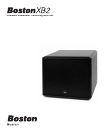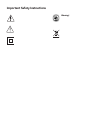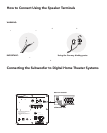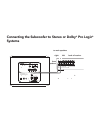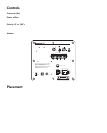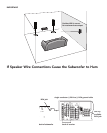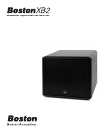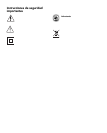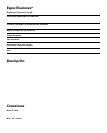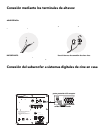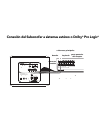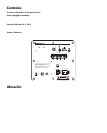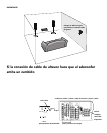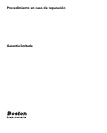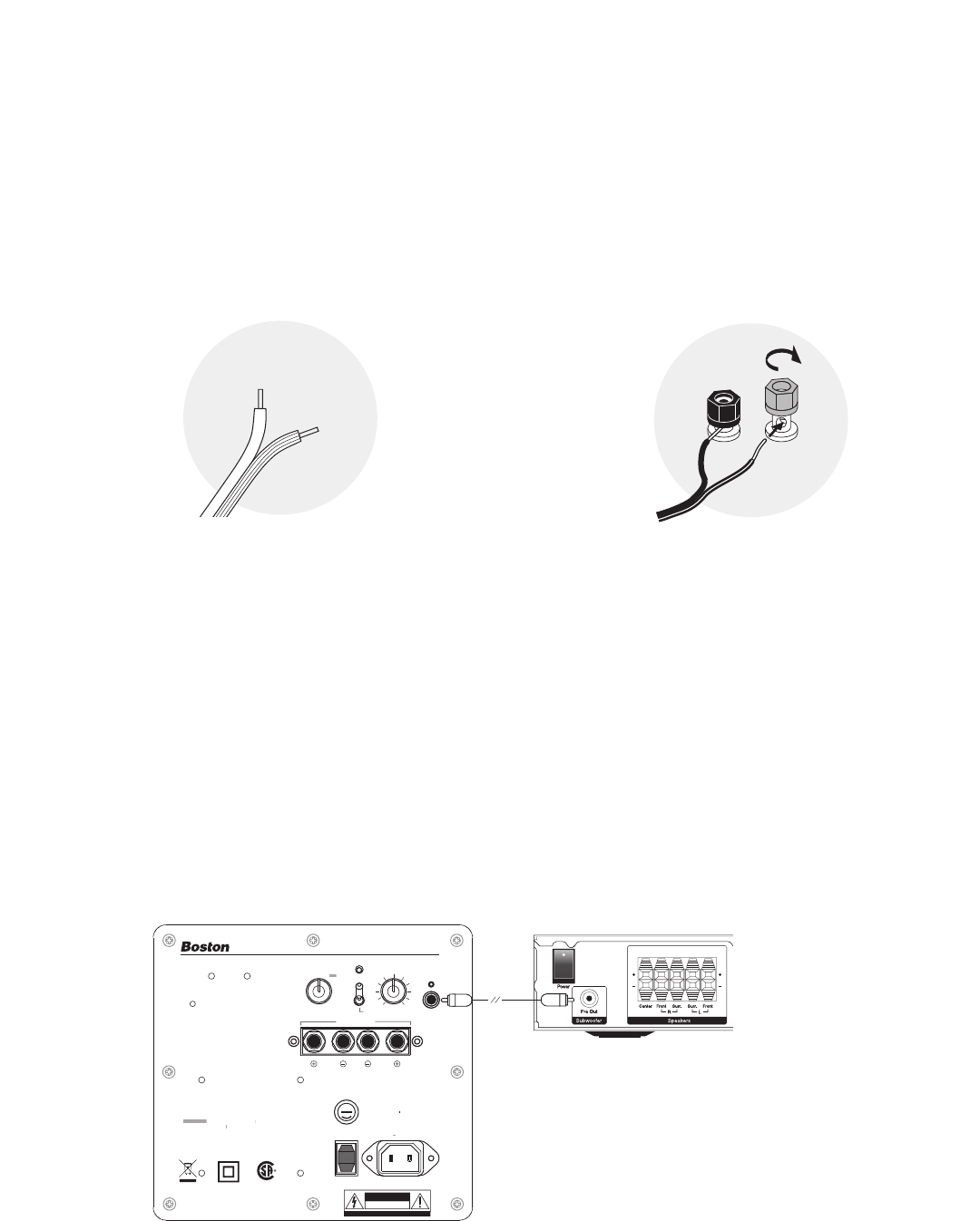
4
crossover (Hz
crossover (Hz)
volume
volume
power
power
0º
0º
180º
180º
polarity
polarity
line level in
line level in
left
left
right
right
speaker level in
speaker level in
75
75
100
125125125
125
CAUTION: Disconnect supply cord before replacing
fuse. For continued protection against risk of fir
fuse. For continued protection against risk of fire,
r
replace only with same type fuse.
A
A
TTENTION:TTENTION:TTENTION:
TTENTION:
Debrancher
Debrancher
avant
avant
de
de
r
r
emplacer
rrremplacerr
emplacer
le
le fusible.
Utiliser un fusible de r
Utiliser un fusible de r
echange de même type.
rUtiliser un fusible de rrechange de même type.r
echange de même type.
Powered Subwoofer Featuring BassTrac
®
120V 60Hz 0.75A
120V 60Hz 0.75A
~
~
on
on
off
off
T0.75A L 250V
T0.75A L 250V
~
VT 0.75A L 250VV
~
XB2
bypass
bypass
0
0
10
10
power
power
C US
CAUTION
CAUTION
RISK OF ELECTRIC SHOCK
DO NOT OPEN
AVIS: RISQUE DE CHOC ELECTRIQUE-NE PAS OUVRIR
back of receiver
Connecting the Subwoofer to Digital Home Theater Systems
Digital 5.1, 6.1 and 7.1 home theater electronics dedicate one channel (the “.1”) to reproduce the special
low-frequency information (such as explosions and thunder) contained in digitally-encoded soundtracks.
Select ”subwoofer-yes“ from your receiver’s set-up menu. Hooked up this way, the receiver’s amplifier is relieved
of having to reproduce the difficult low bass signals that can drive the receiver into audible distortion.
Use an RCA cable (not included), as shown, to connect your digital receiver’s subwoofer output to the subwoofer.
Set the crossover to the
bypass position and connect to “line level in”.
subwoofer out
How to Connect Using the Speaker Terminals
We recommend 18-gauge wire or thicker for runs up to 15 feet (4.5m), and 16-gauge wire or thicker for longer runs.
Separate the first few inches of the wire conductors. Strip off
1
⁄2-inch (13mm) of insulation from the ends of each
speaker wire to expose the two conductors and tightly twist the wire strands.
WARNING: To prevent electrical shock hazard, always switch off the amplifier or receiver when making connections
to the speaker.
When making all connections, be sure to connect the
+ (red) on the speaker to the + (red) on the amplifier, and
the – (black) on the speaker to the – (black) on the amplifier.
IMPORTANT: Typically, one side of the wire is smooth.
Connect this side to the – (black) connection. The
other side has a rib or stripe. Connect this to the +
(red) connection.
Using the five-way binding posts: The binding
posts permit easy connection to banana plugs,
spade lugs, and bare wire. Insert the wire in the
hole and tighten.
–
+



